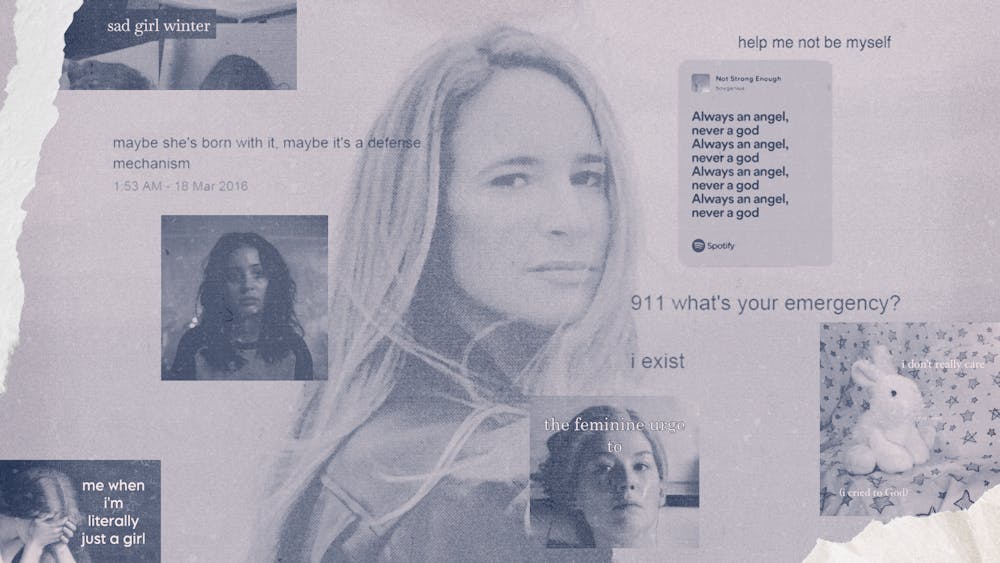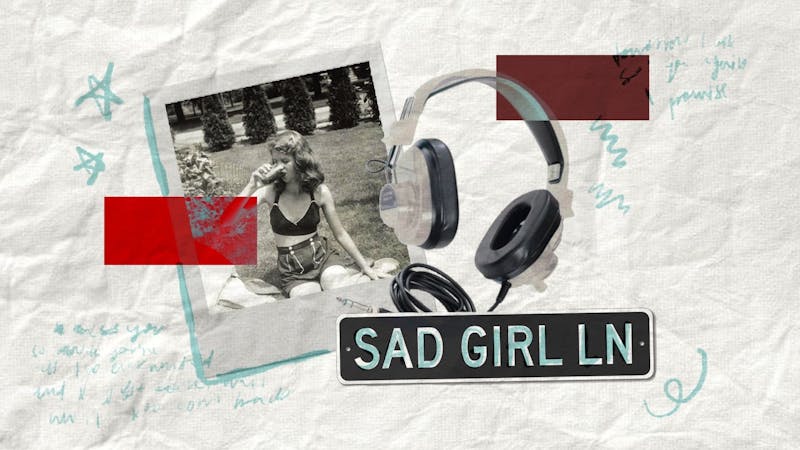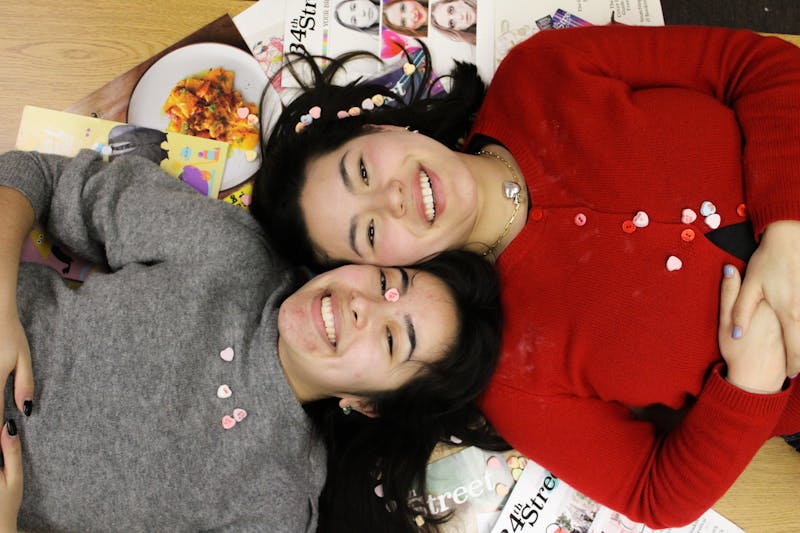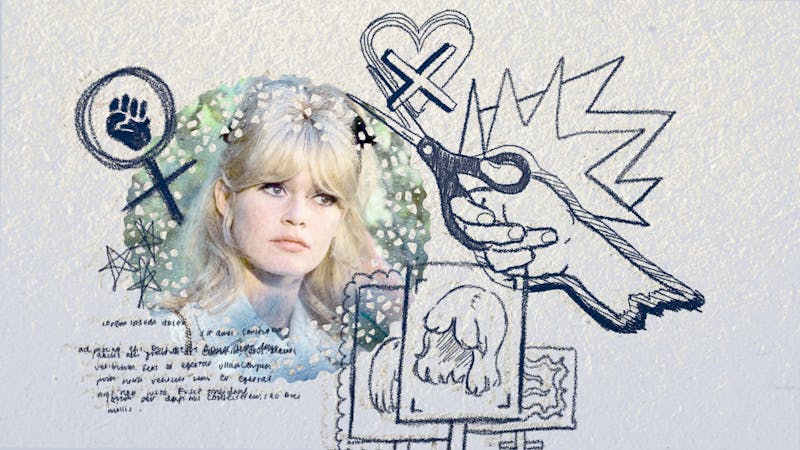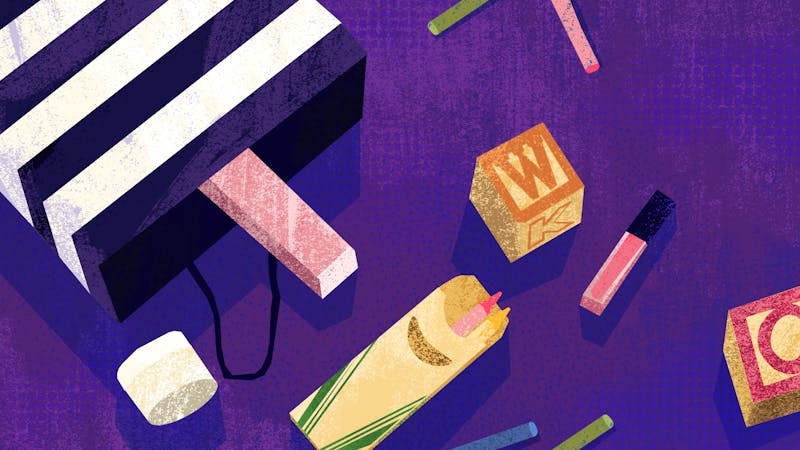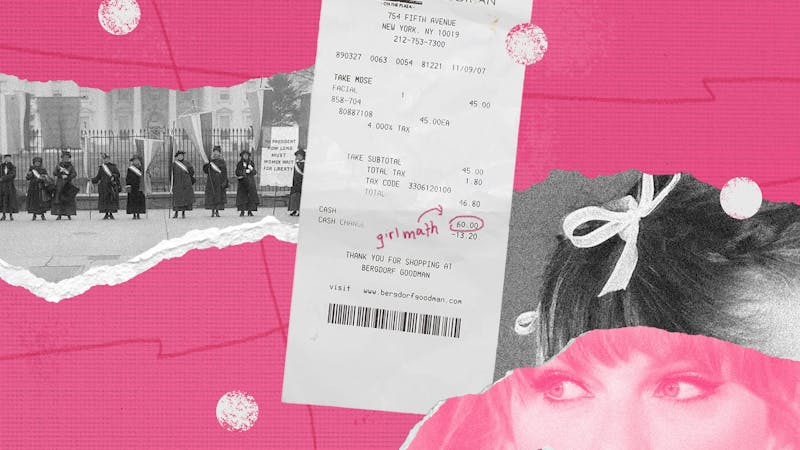
Labels like ‘hysteric’ or 'madwoman’ have been used to persecute women since the 18th century. Why, then, are women today voluntarily self-identifying as ‘sad girls’? Why has the Twitter account above garnered hundreds of thousands of followers—and is this a step forward, or a step back? These tweets come from Melissa Broder’s originally anonymous Twitter account, which was the launchpad for her rise to fame. Broder has now published three critically acclaimed novels and multiple poetry collections. She is often invoked as an icon of the ‘Sad Girl’ movement: the gloomy teen-girl aesthetic that first came to the internet ten years ago, encapsulated by Tumblr images of crying girls and Lana del Rey lyrics. Broder’s position within the movement is exciting because her work has carved a novel intersection between internet popularity and literary status. Her internet niche is polarizing: some deplore internet Sad Girls, while others see them as exhibiting defiant feminism. Audrey Wollen, one of the Sad Girl movement’s champions, describes it as ‘the proposal that the sadness of girls should be witnessed and re-historicized as an act of resistance, of political protest’. Wollen argues that when women like Broder share their rawest moments online, they explicitly overturn the historical silencing of female sadness, allowing women to overcome shame about their mental health.
Yet Wollen’s ideas have met plenty of resistance. Some see the Sad Girl as merely ‘a product of male fantasy’. These critics think the Sad Girl has only garnered so much attention because she satisfies the male gaze by pandering to society’s preference for fragile, submissive women. Others criticize her one-note tone for feeling artificial, arguing that the portrait of a woman whose emotional range is so limited is untrue to reality, a negation of female complexity. Another section of the Sad Girl internet subculture has been accused of idealizing bad relationships, and for seeming ‘to define the female experience as something that hinges on male interaction, a subtle exclusion of girls who don’t date men’. These criticisms are encapsulated in one writer’s description of Broder’s Twitter as a ‘parody of sincere emotion, a stereotype, and fetishization of female sadness’.
These arguments seem damning. Yet, having read Melissa Broder’s work, I can’t help but feel that critics misunderstand her. Broder’s Sad Girl is not only salvageable but also defensible. Across her work, particularly in her essay collection So Sad Today and her novel Milkfed, Broder presents readers with an incarnation of a Sad Girl who is multidimensional, queer, and sharply funny—perhaps the opposite of everything critics decry the Sad Girl for. The protagonist of Milkfed, Rachel, is a lapsed Jew struggling to manage her relationship with her mother and her eating disorder when she starts dating Miriam, an orthodox Jewish girl. Both Milkfed and So Sad Today revel in the subjects that women have been taught to suppress, the same subjects Wollen encourages us to talk about: ‘nakedness, bodies, trauma, alienation, intimacy [...] the personal is political’.
One essay in So Sad Today is entitled ‘My Vomit Fetish, Myself’. Milkfed is particularly fascinated with the body, dwelling on the contrast between Rachel and Miriam’s bodies. Immersed in Rachel’s mind, the reader sees Miriam’s body from her perspective: ‘She’d stuffed herself into a straight-cut, pale blue cotton dress, modest in its long sleeves and ankle-length skirt, but otherwise revealing every stomach roll, side bulge, and back fold of her body. The soft fabric stretched and sheered as it detoured her hips and ass. Her breasts were enormous—an F cup? a G cup?—but the dress did nothing to flatter them.’ Broder is unafraid to show the extreme, sometimes bizarre realities of a mind ruled by an eating disorder, and in this sense, her portrayal of mental illness is far from a fetishization. Broder’s protagonist is more than just ‘fragile’ (as the critics would say)—Rachel's unique, sarcastic voice makes her compelling to the reader while undercutting the novel’s darkness: ‘I slurped around matzo balls, set boundaries with bagels, found safety in pickles—so low-calorie, baruch hashem.’ Moreover, Milkfed ought to be recognized for carving out an intersectional space otherwise lacking in portraits of the Sad Girl, as Broder explores Rachel’s relationship with Judaism and her own queerness. As a queer, culturally Jewish reader, I was struck by the distinct accuracy with which Broder seemed to have dissected my feelings in Rachel’s voice.
It is because I resonated with Broder’s writing that I am moved to defend the core idea behind the Sad Girl movement. There is no denying that in its dissemination on social media, the Sad Girl aesthetic has had plenty of problems, as is the case with most anything left to the hands of the internet. Yet Sad Girl writers and artists, like Broder, are immeasurably important. They give voice to the feelings and thoughts society teaches us to be ashamed of, and in doing so, they help us realize that we are not alone in whatever we face. Broder’s writing is one of the few places that explores the relationship between queerness and Jewishness. By unpacking the associated cultural baggage, Broder gave voice to my own Sad Girl.
